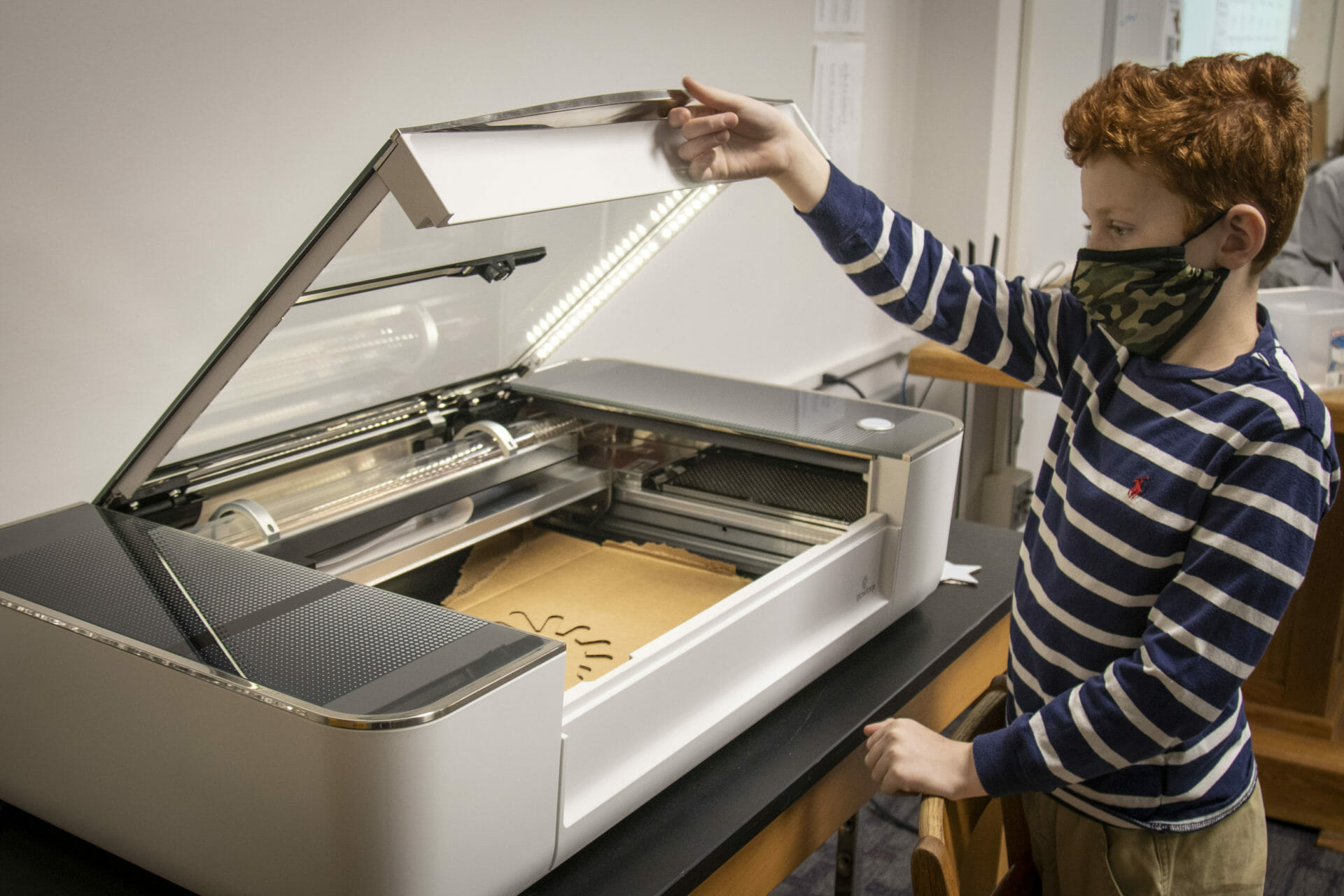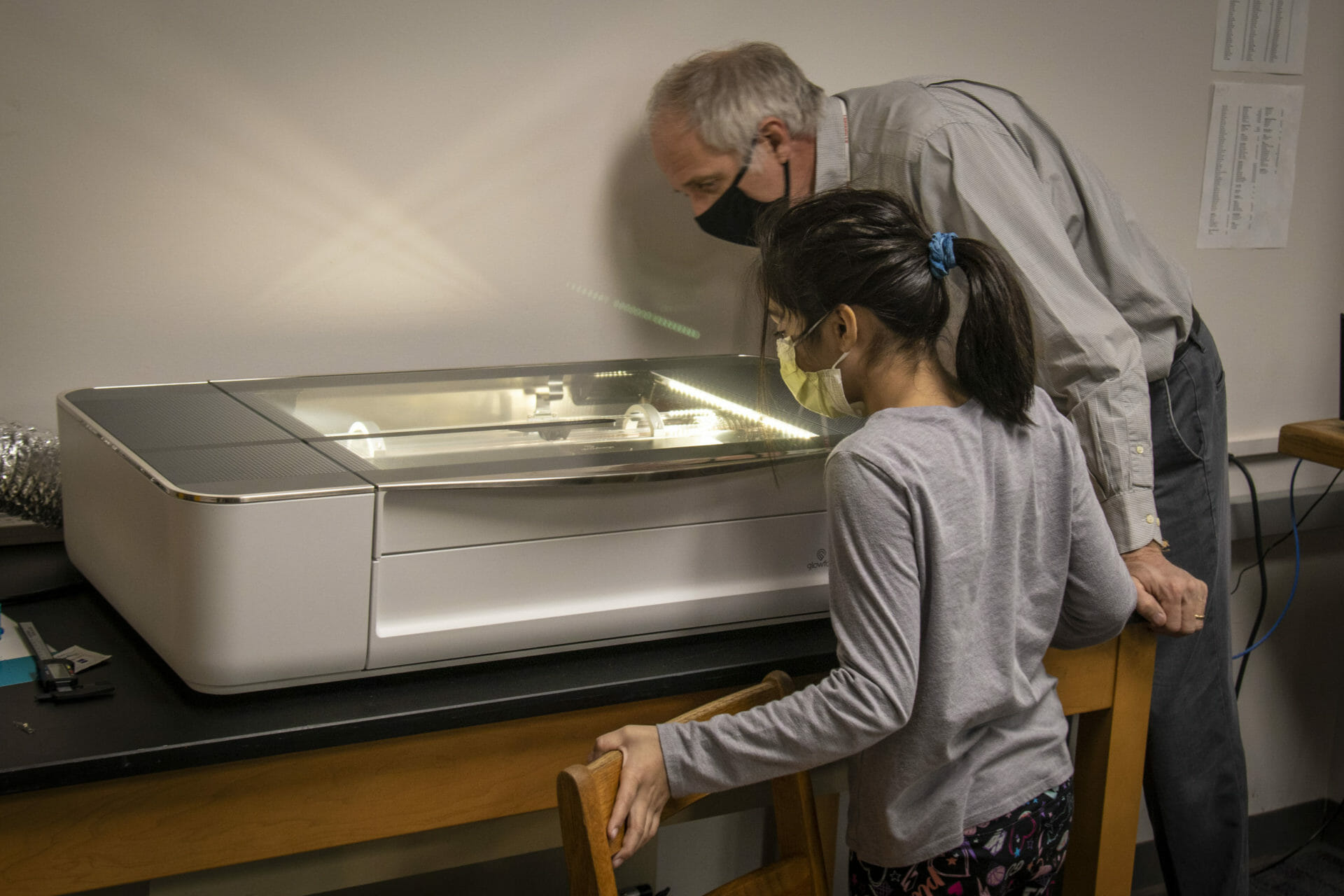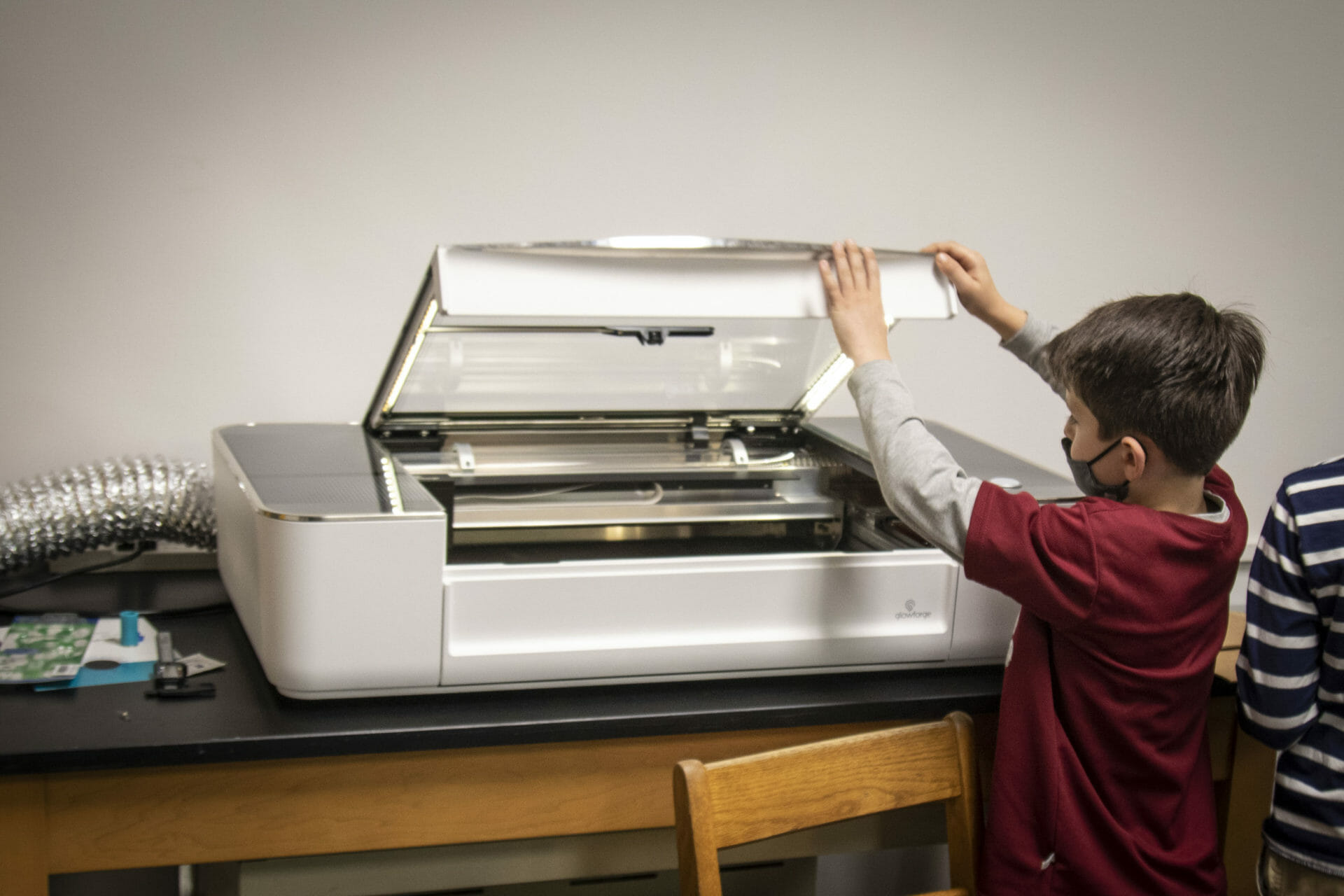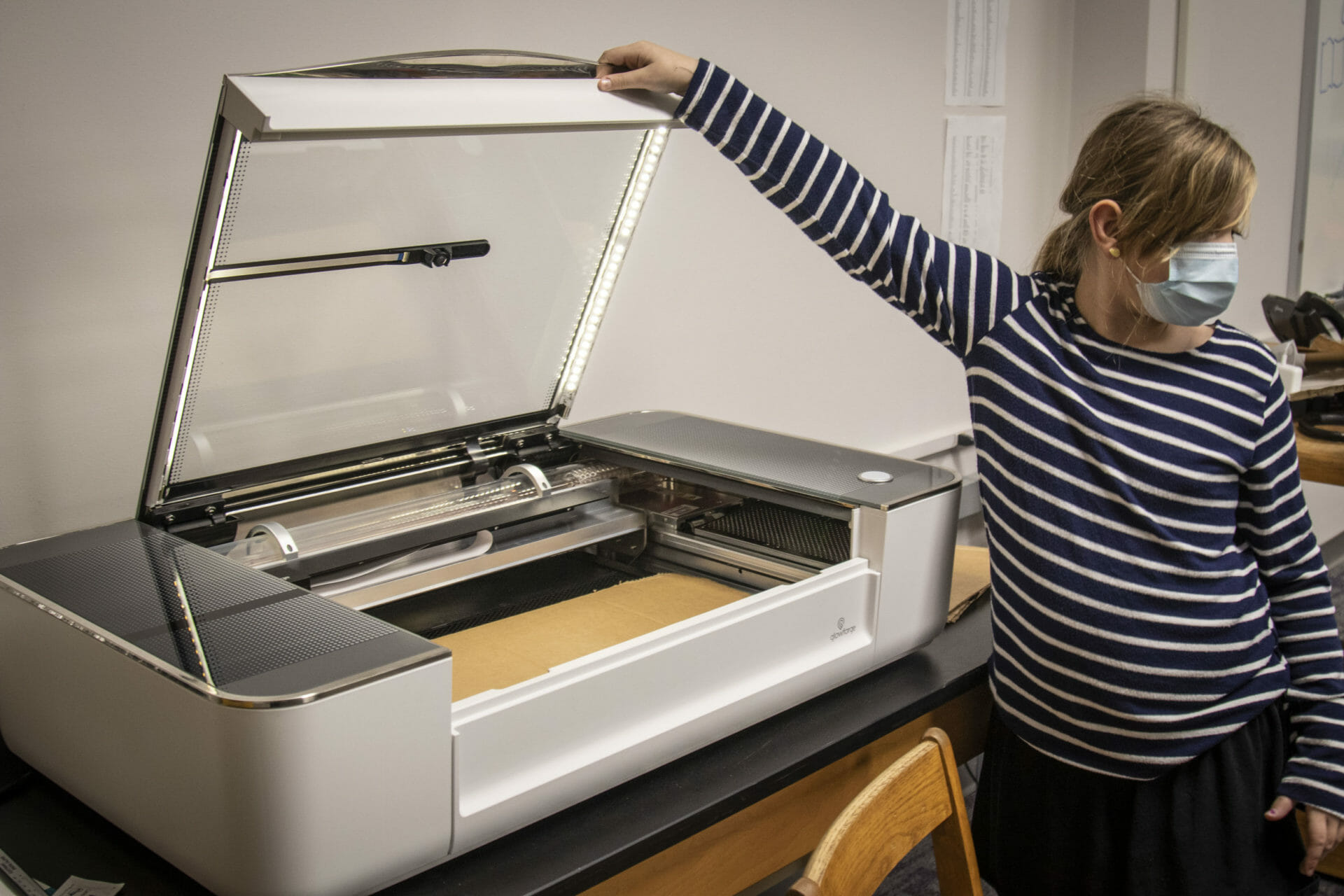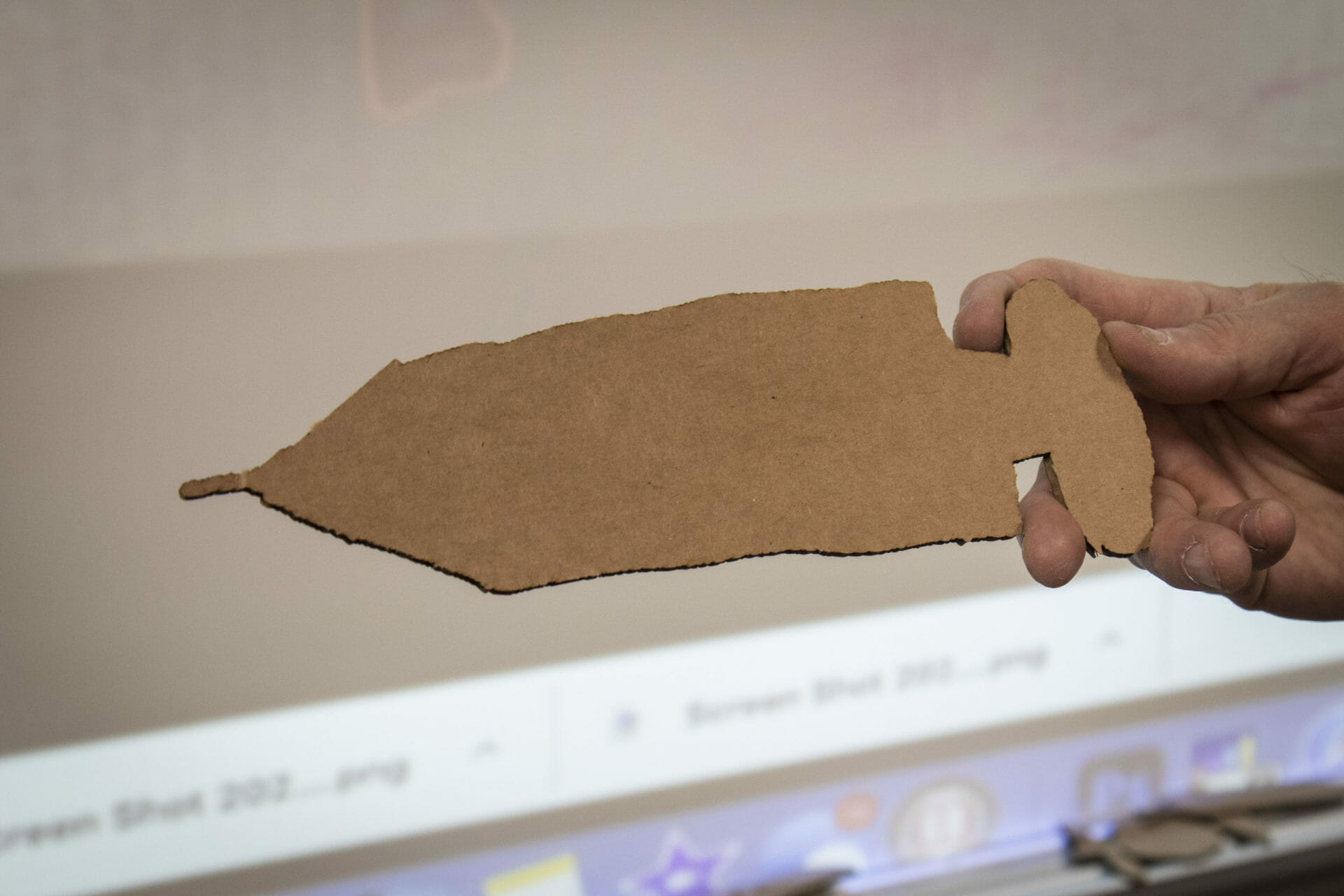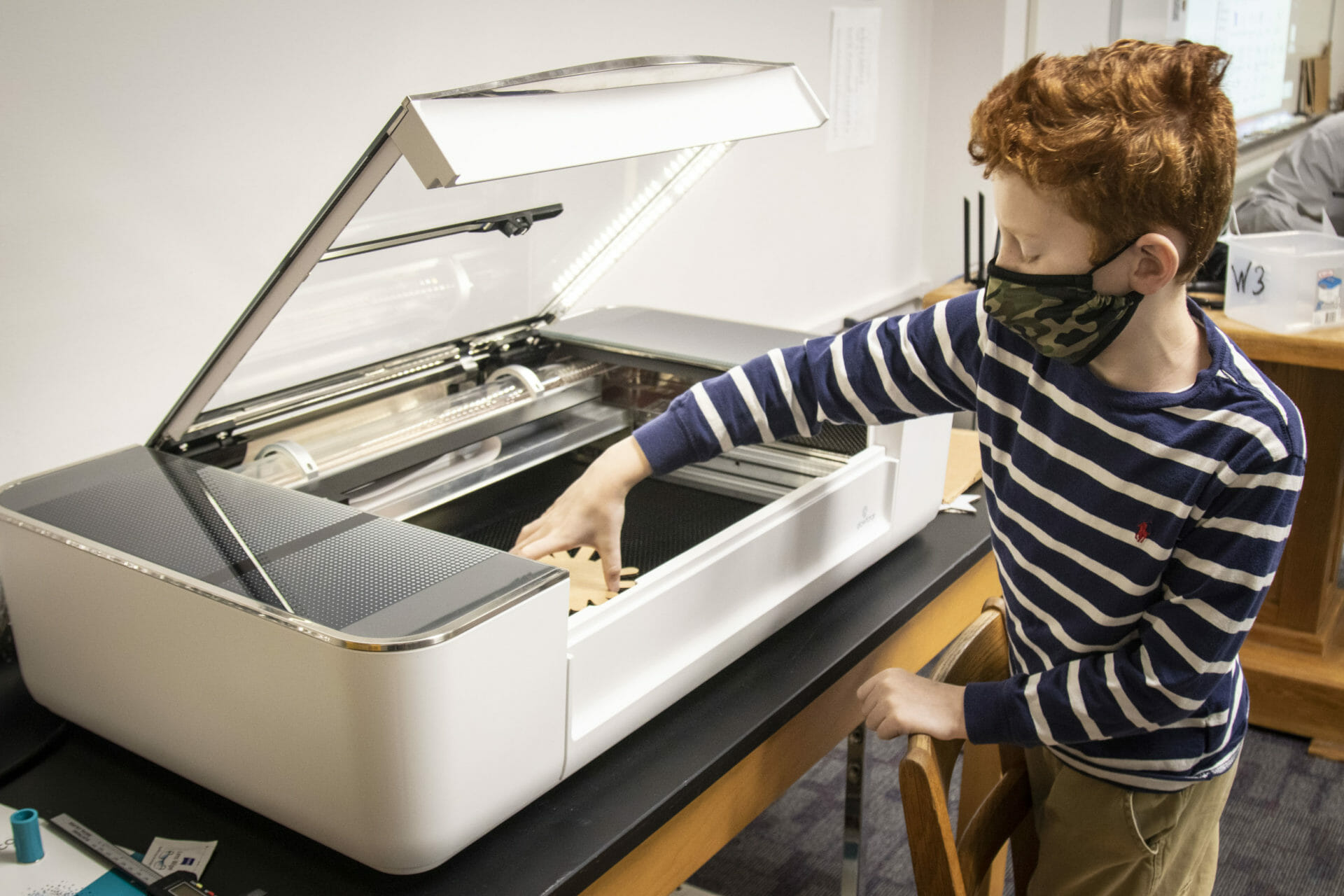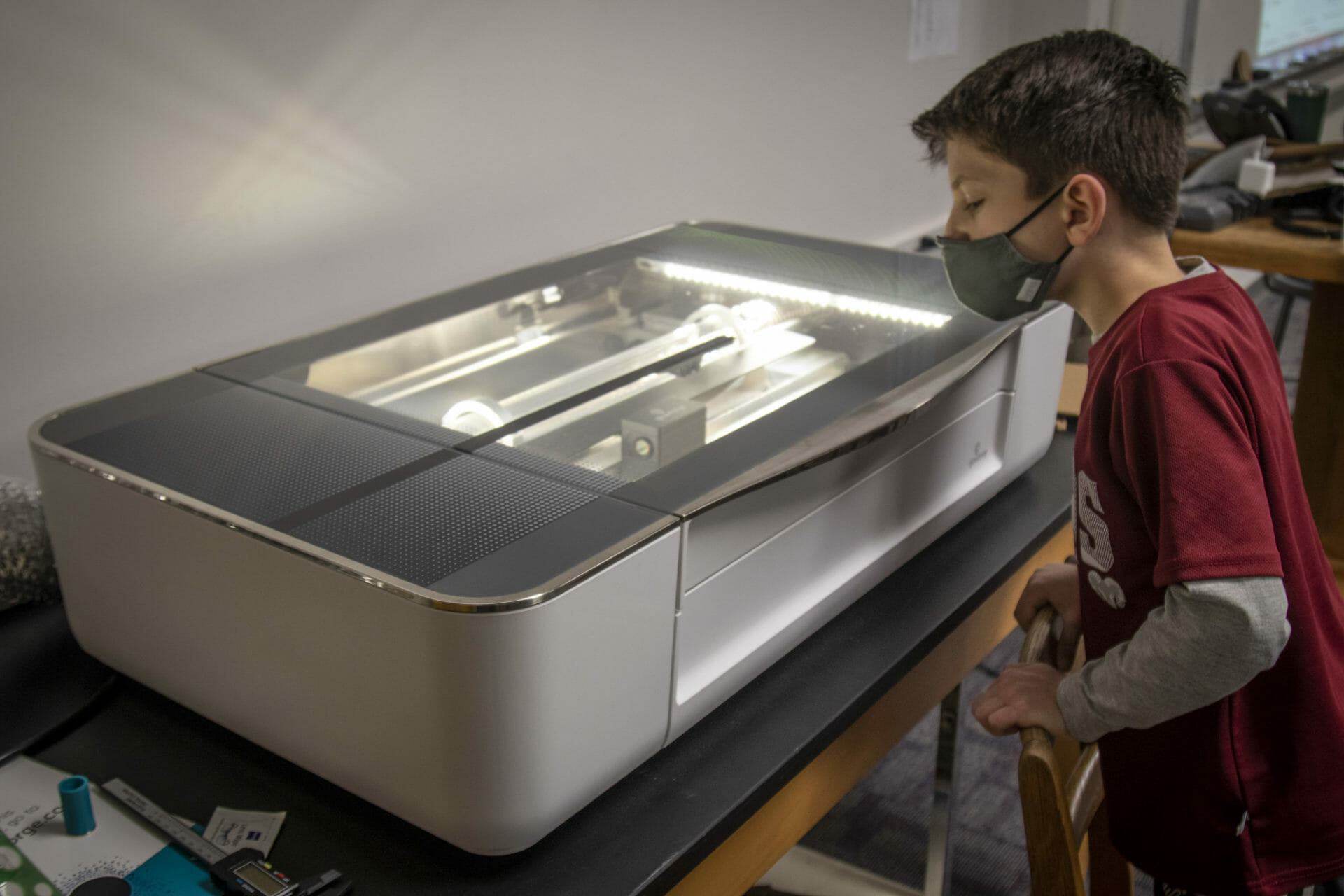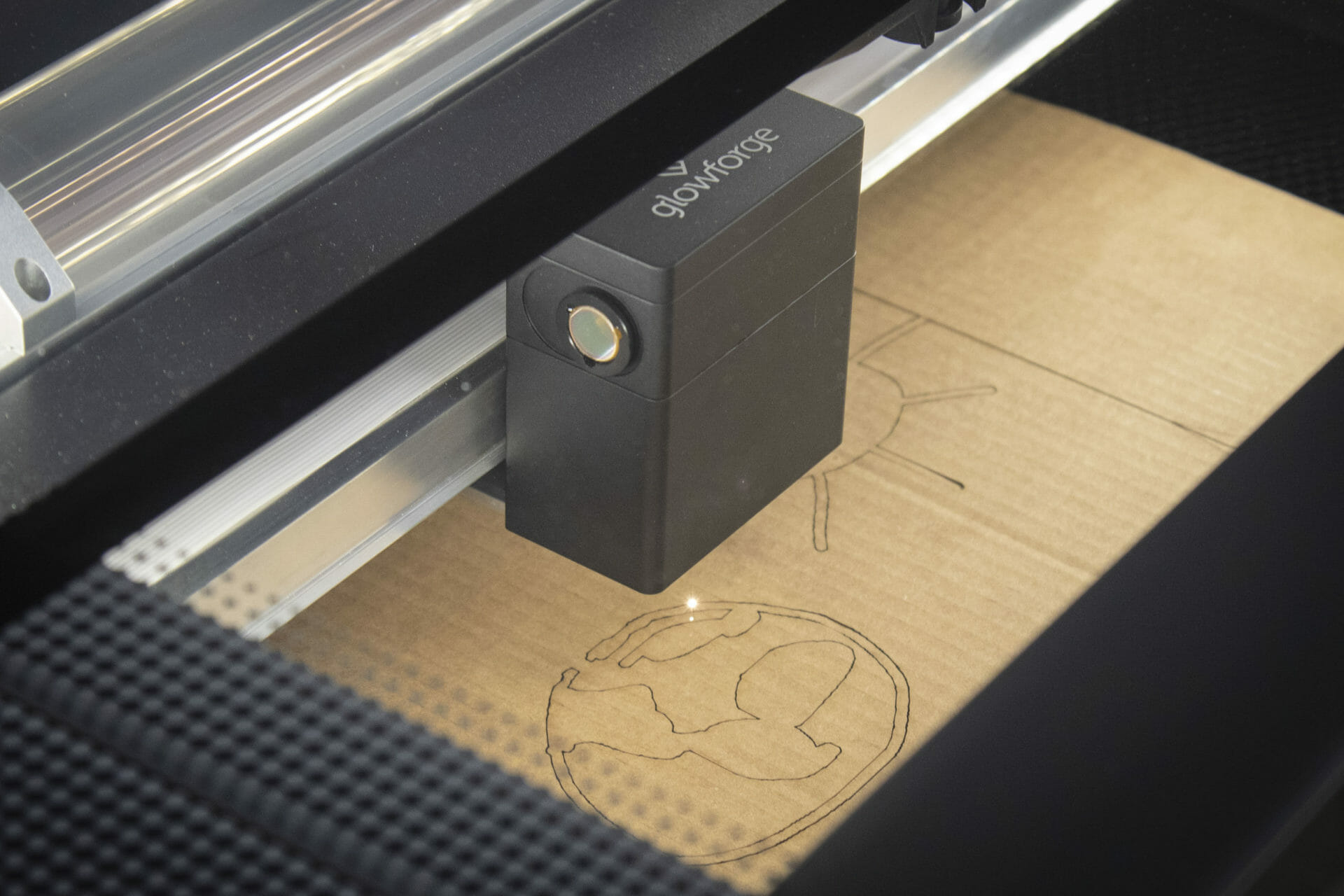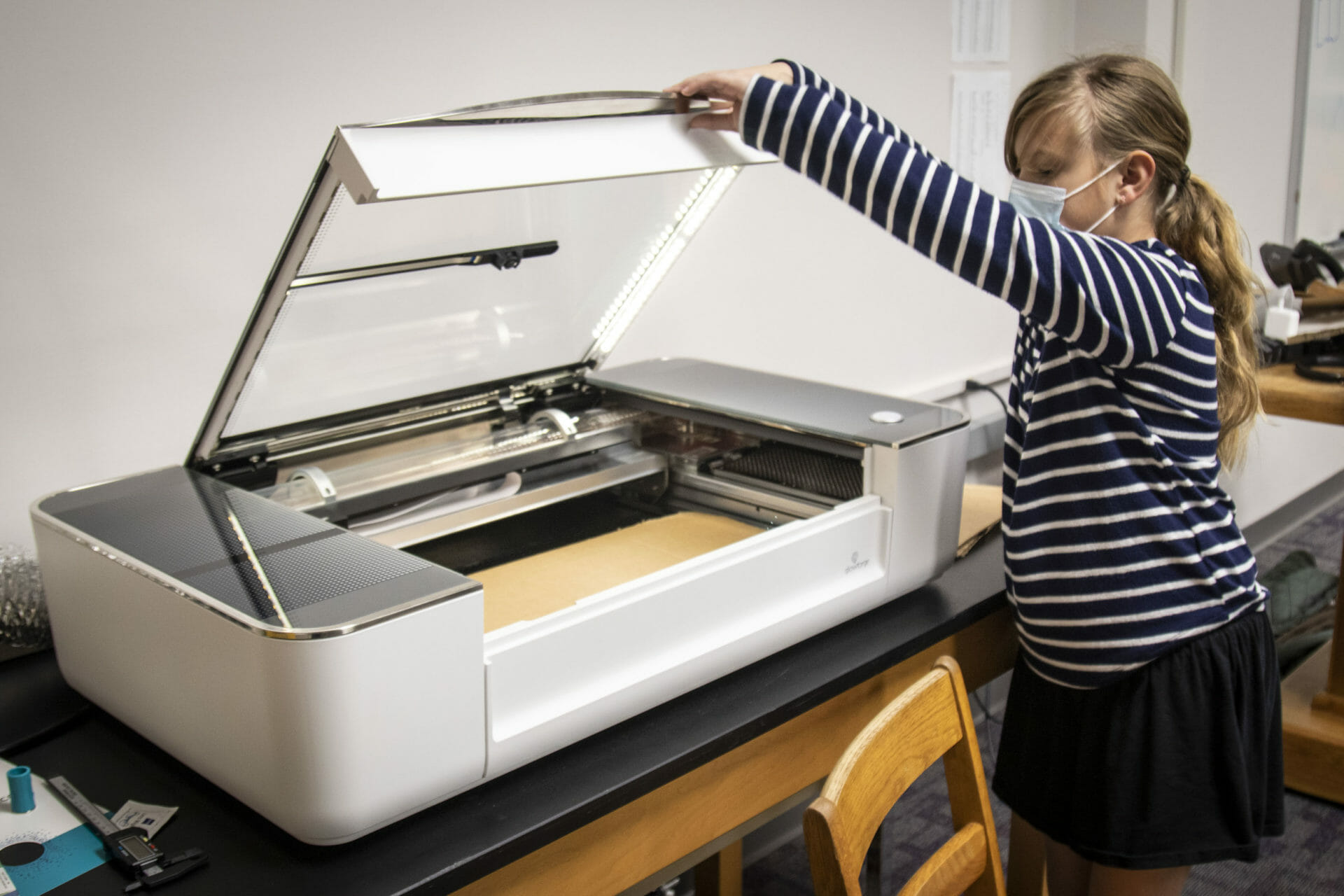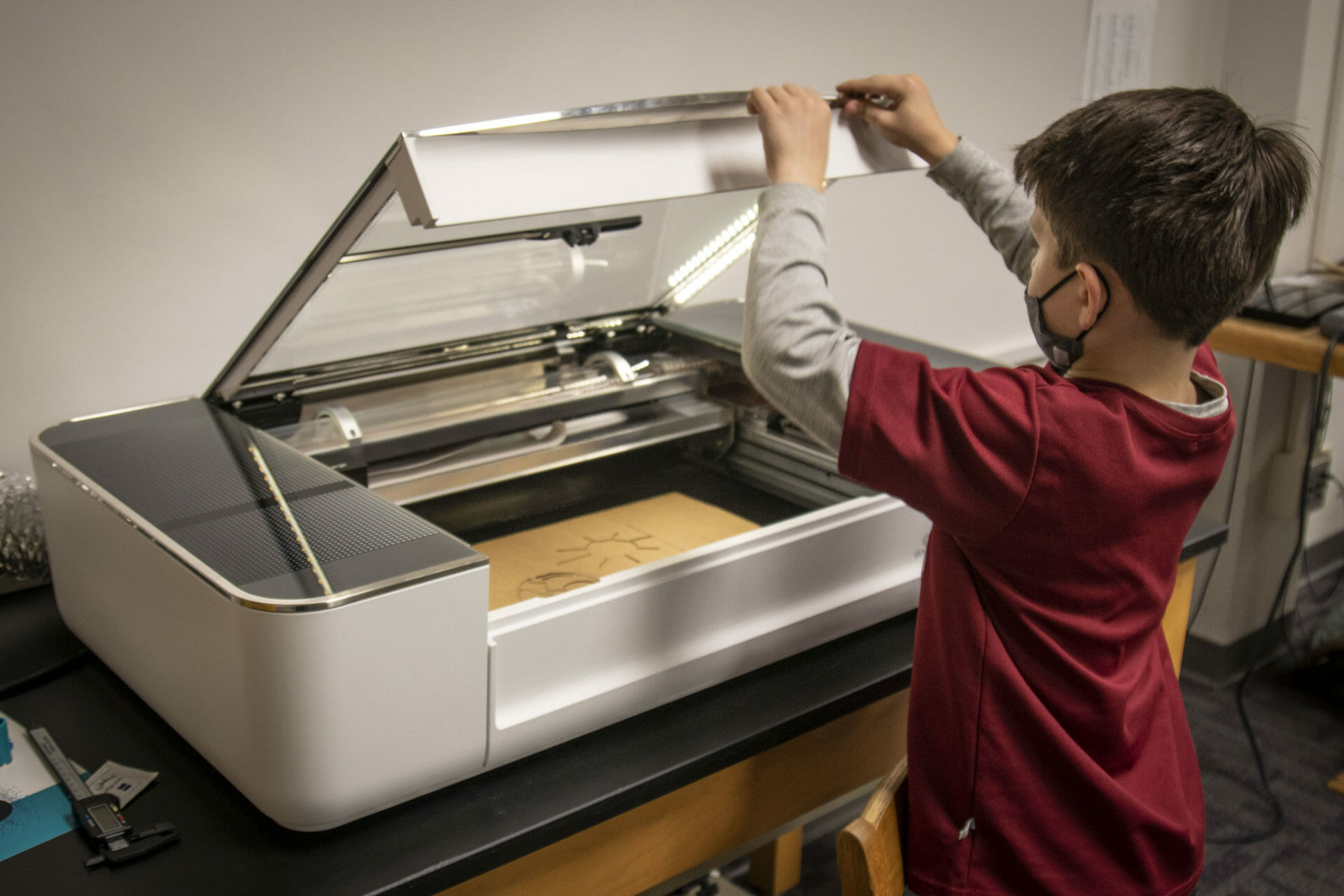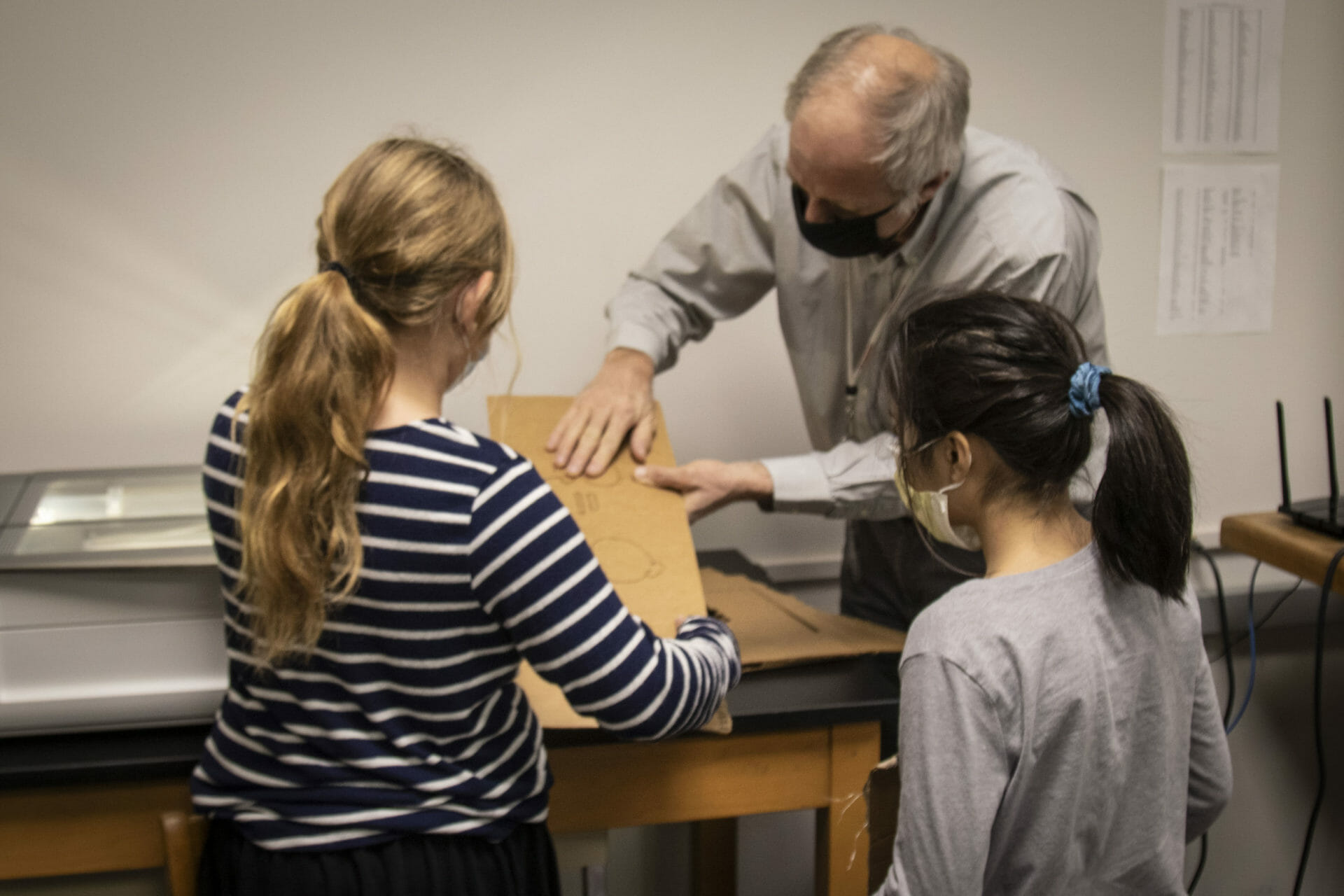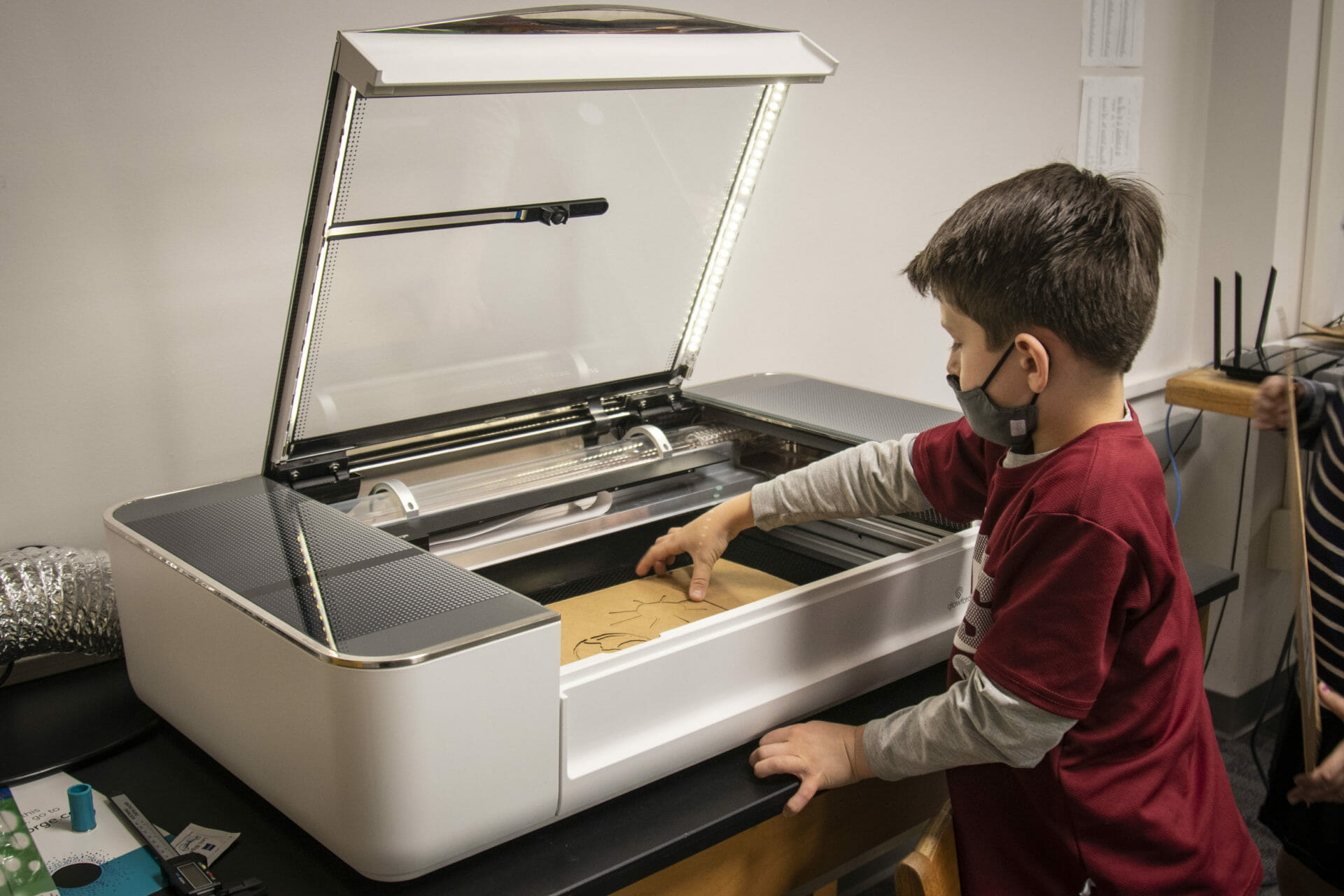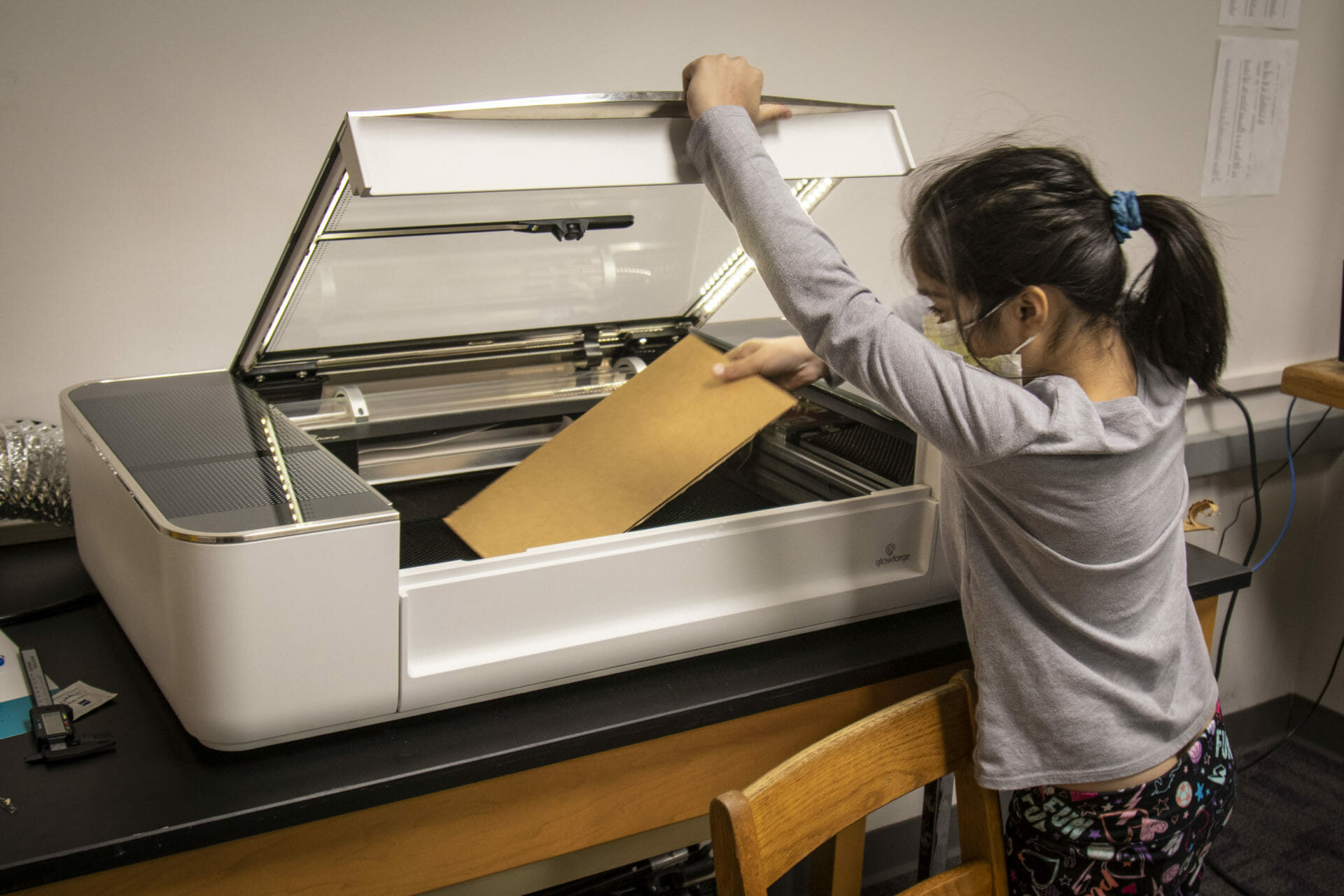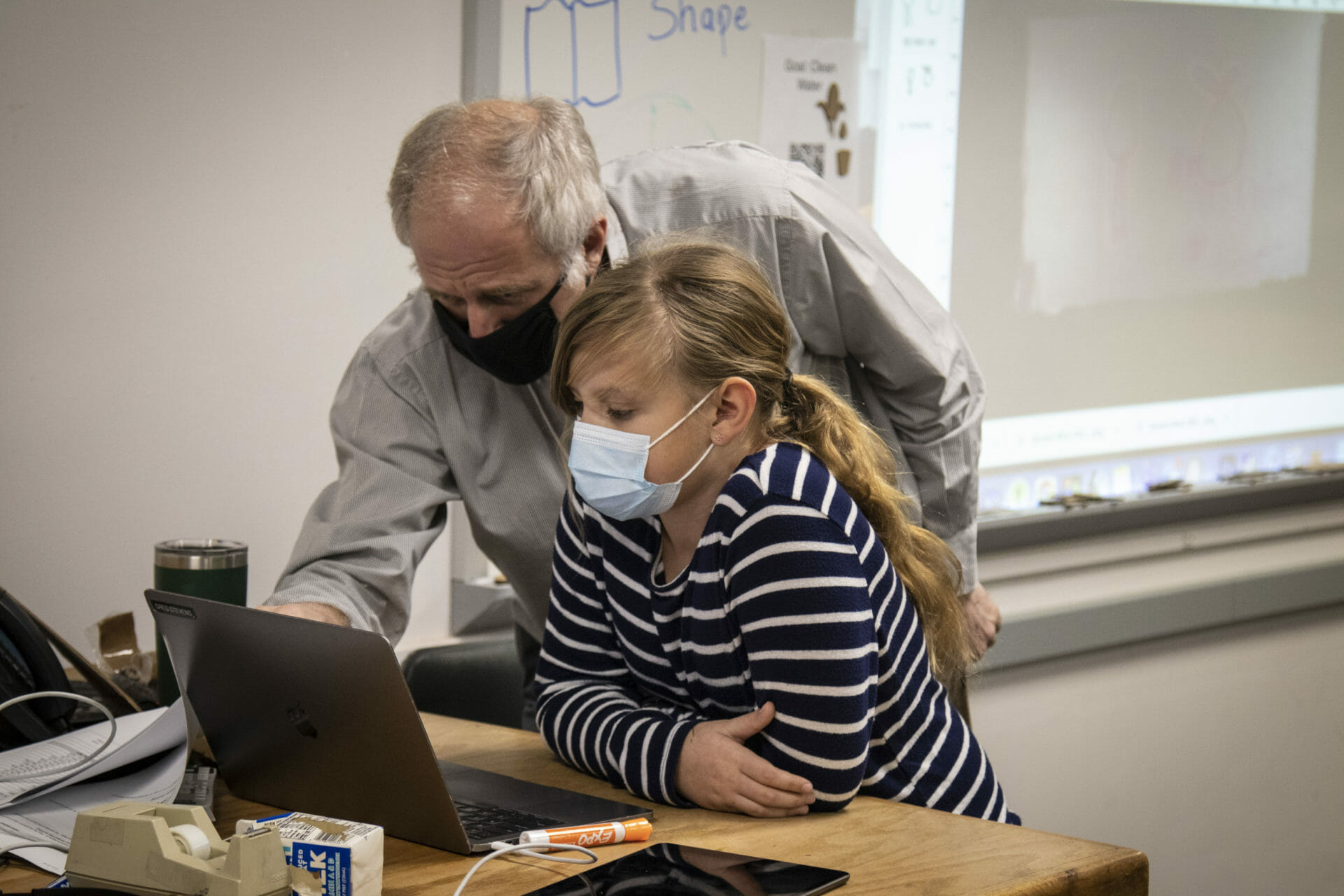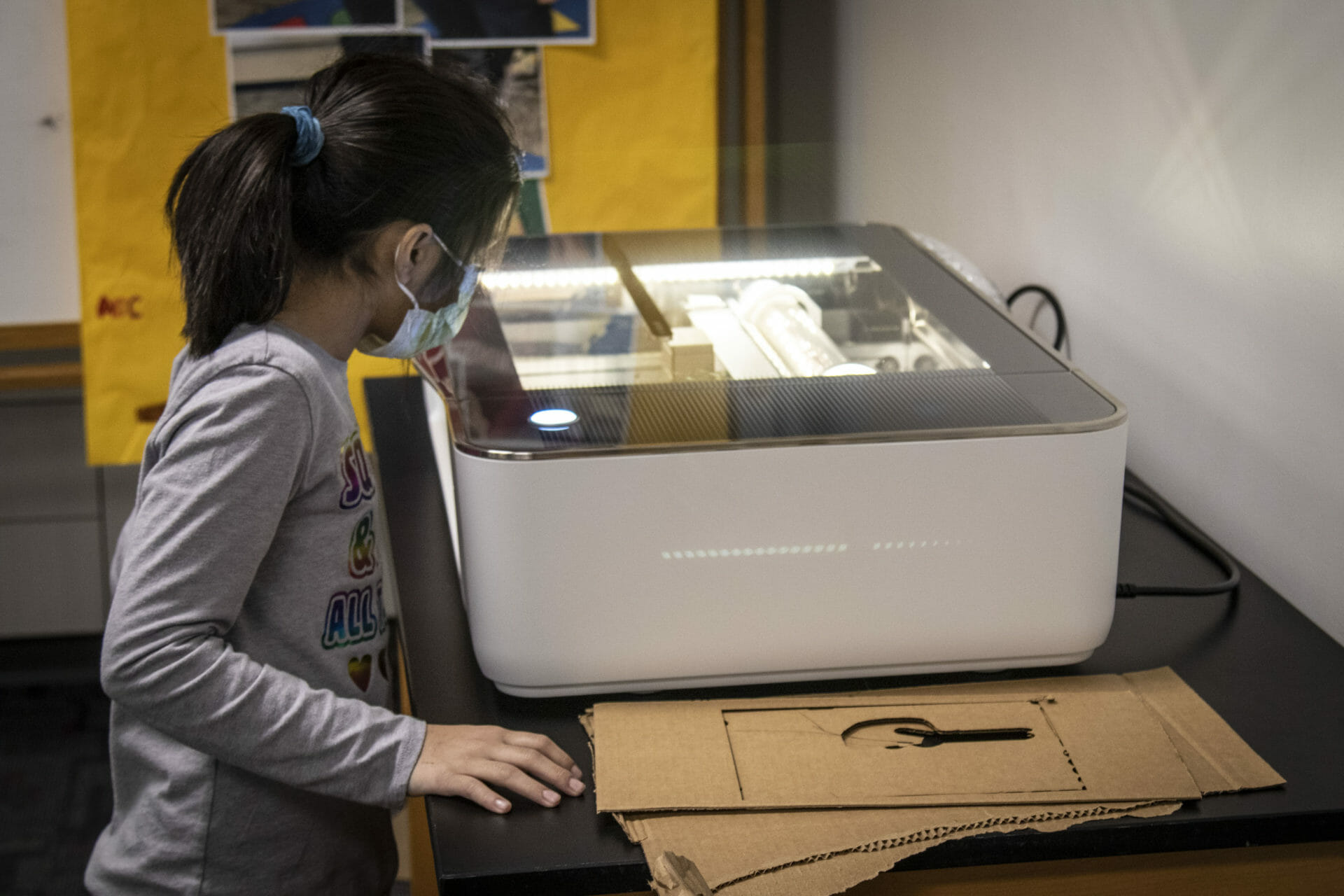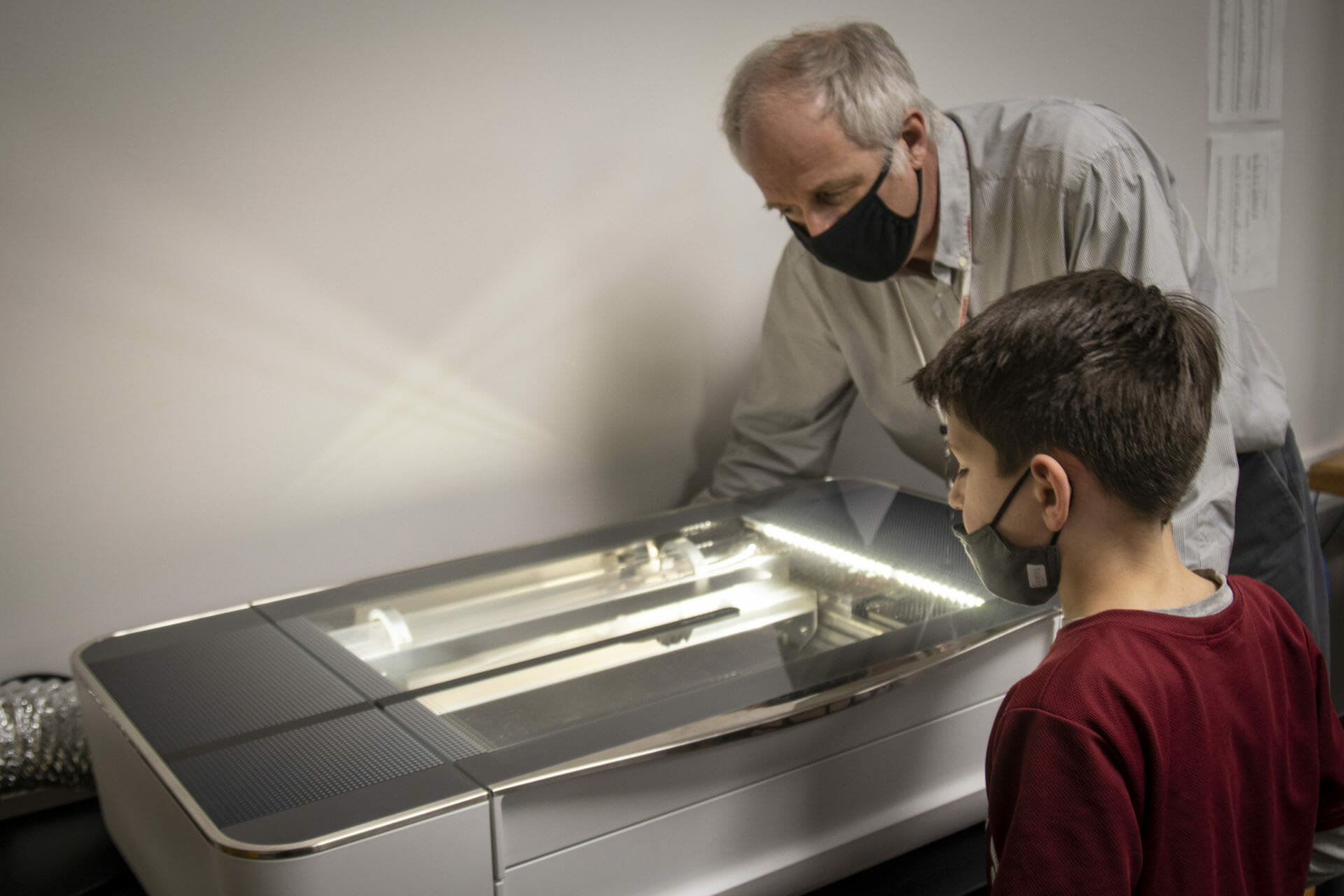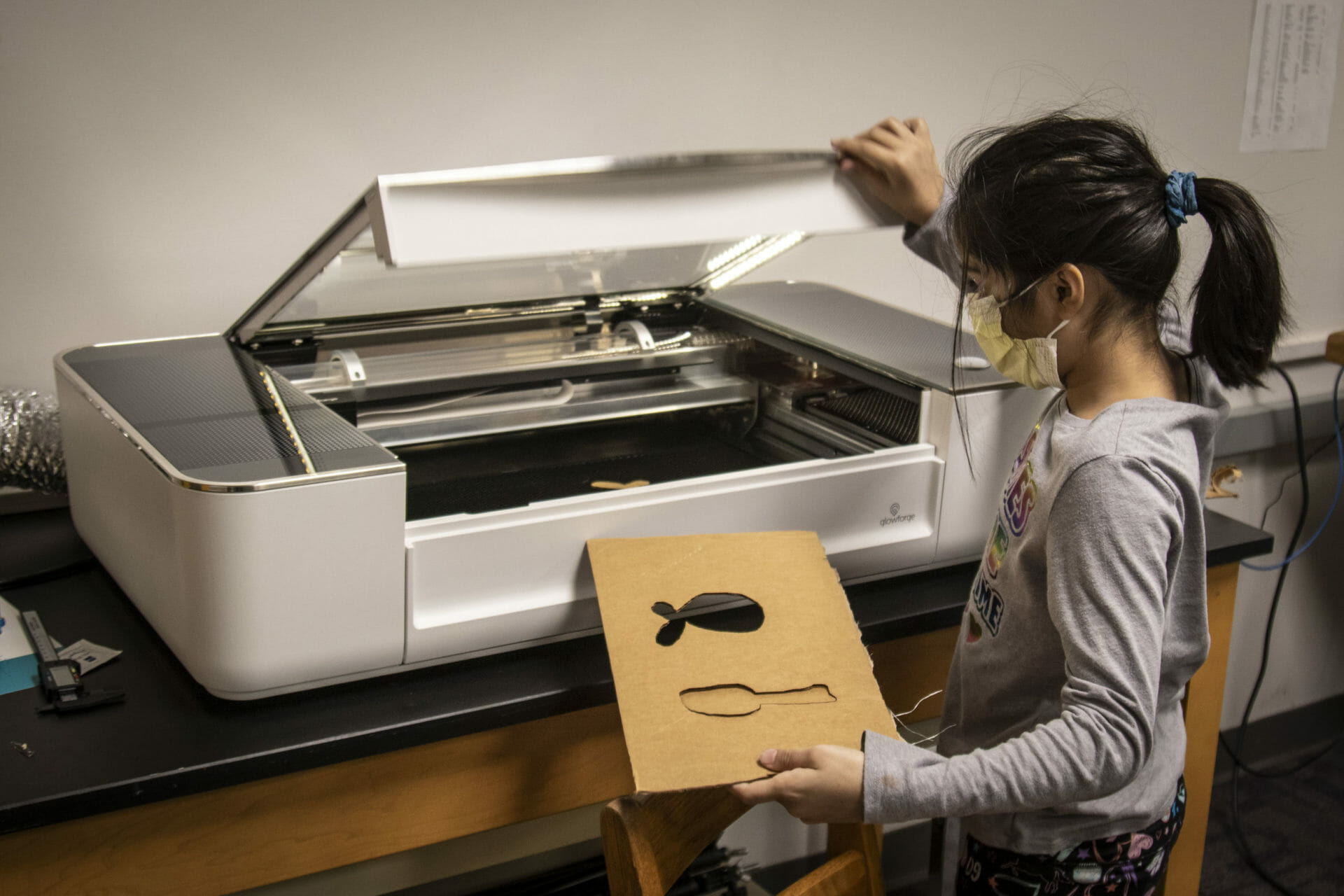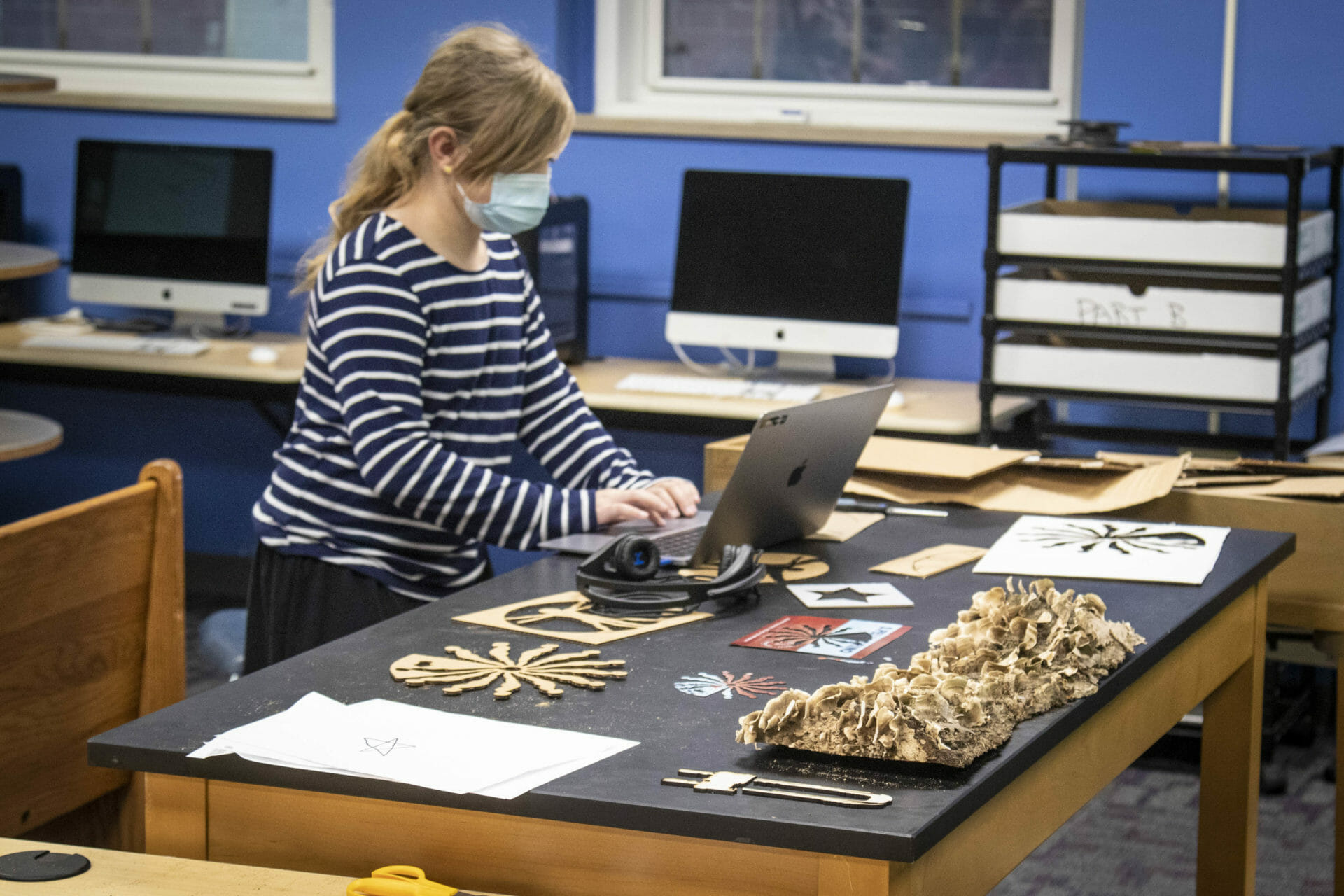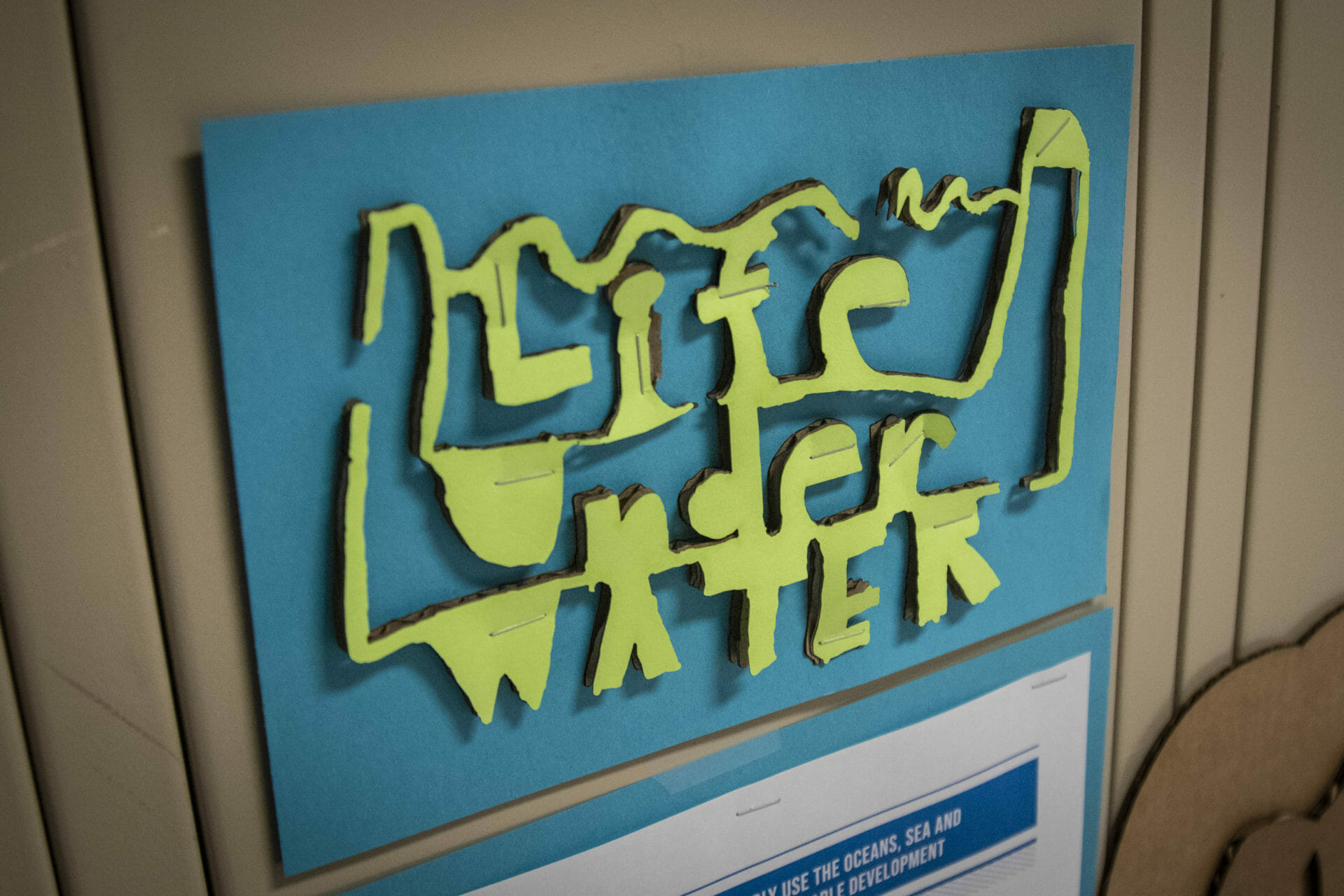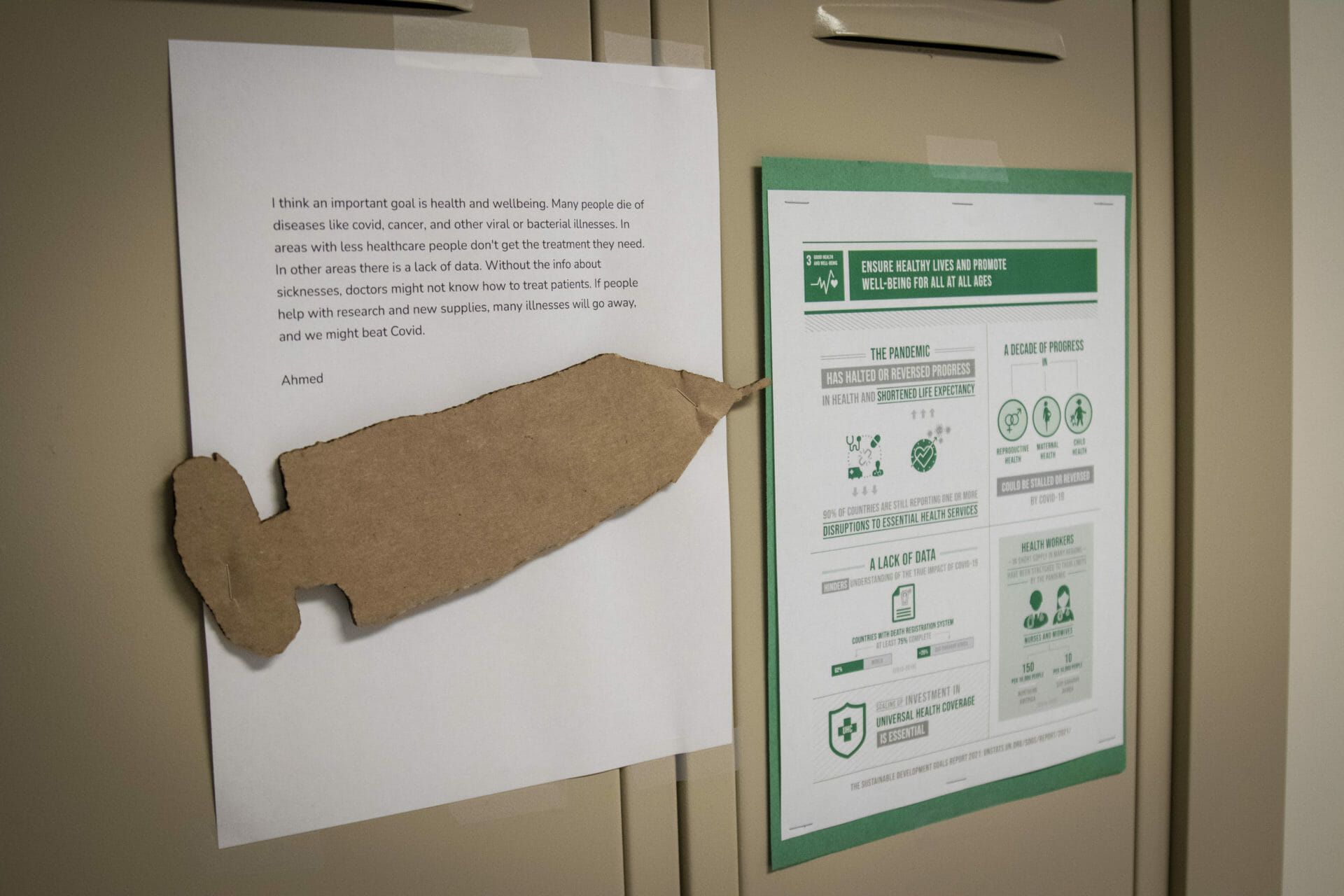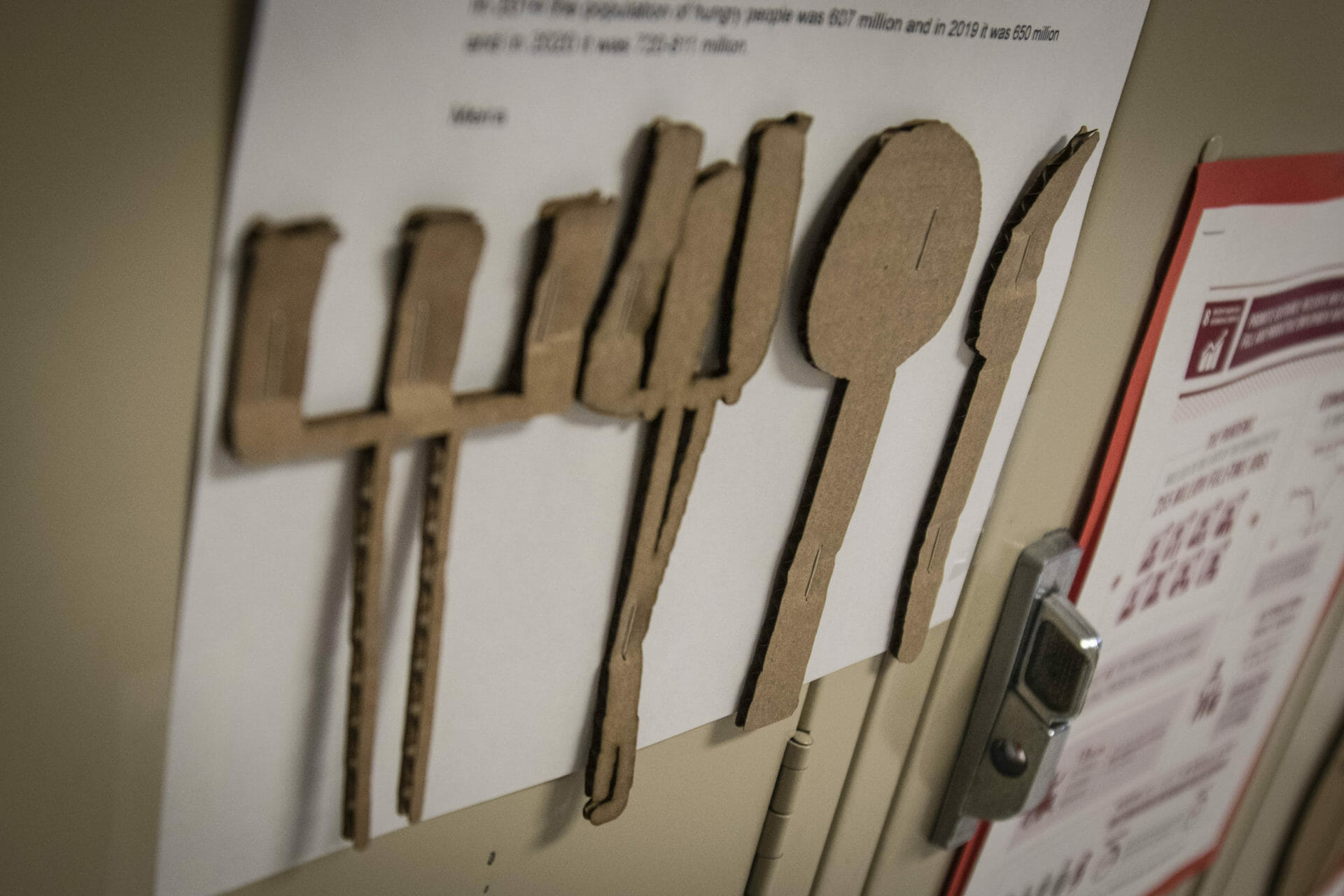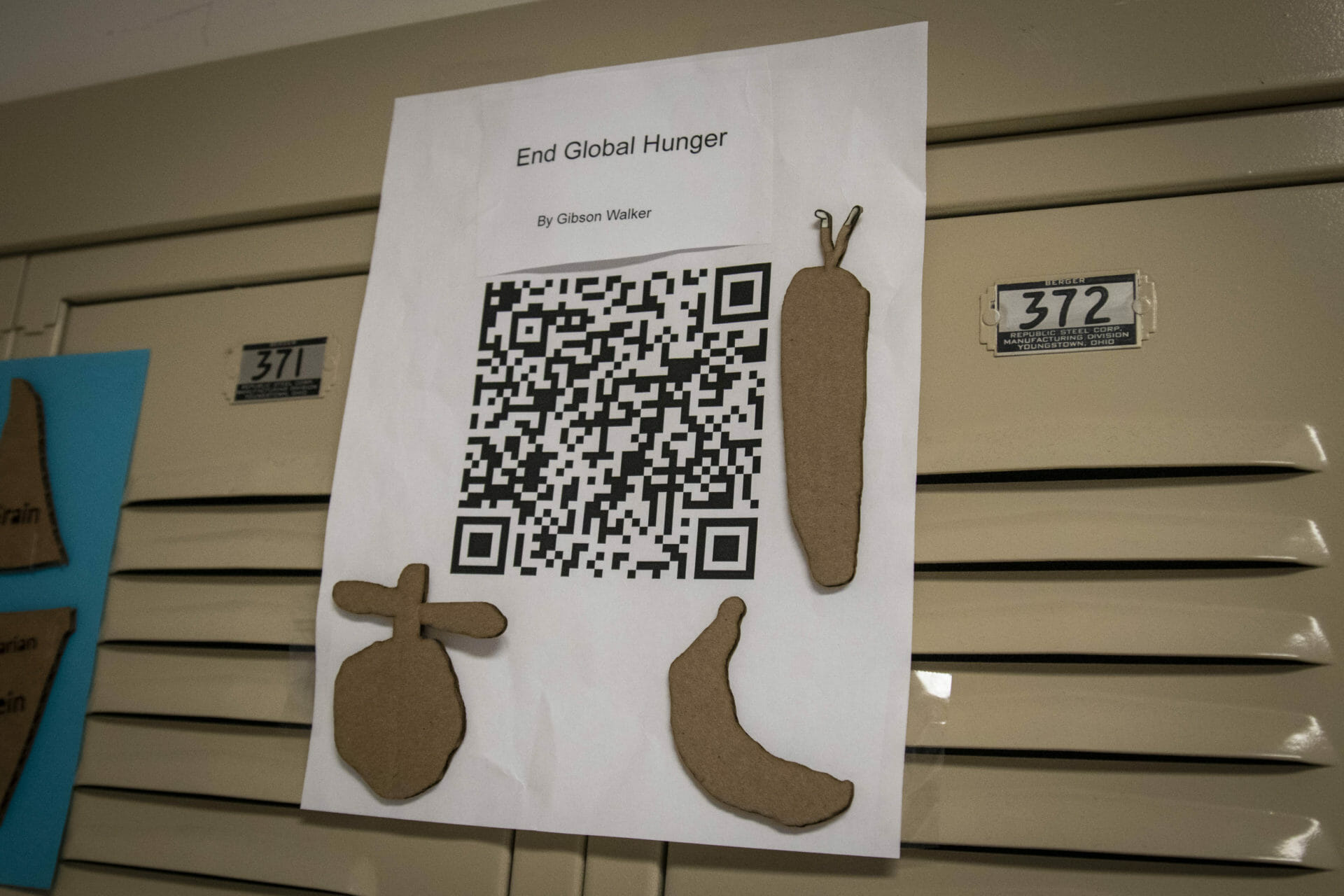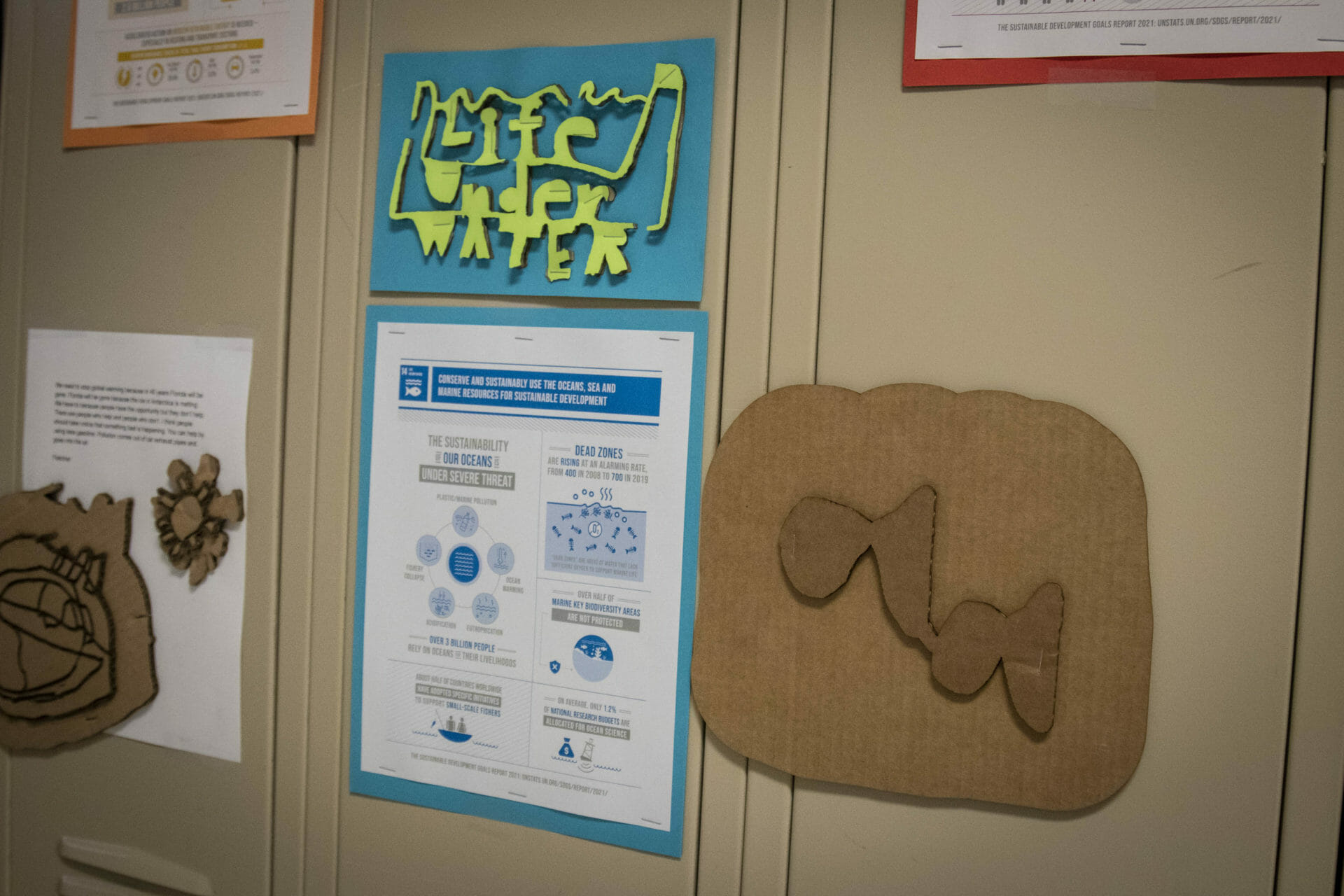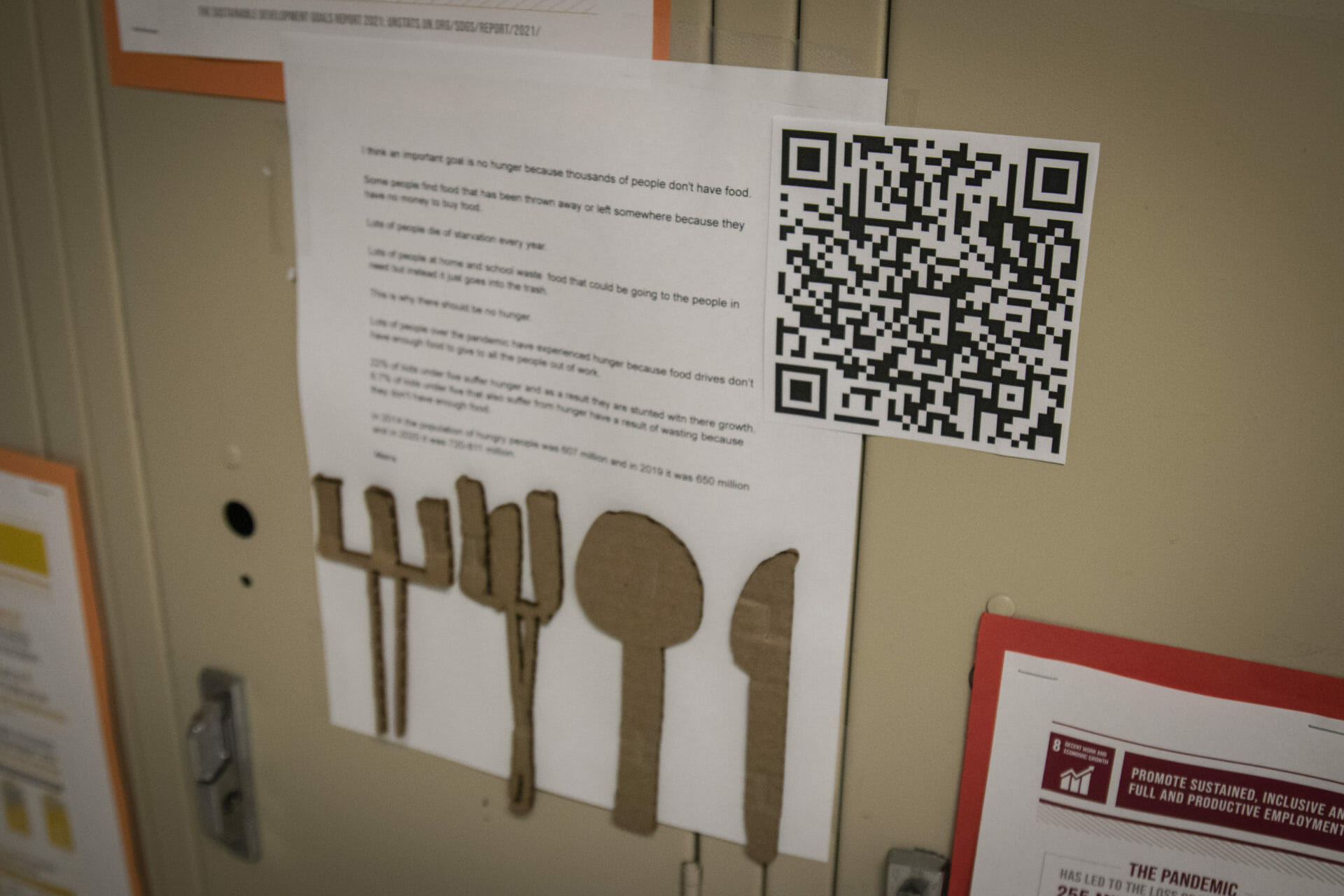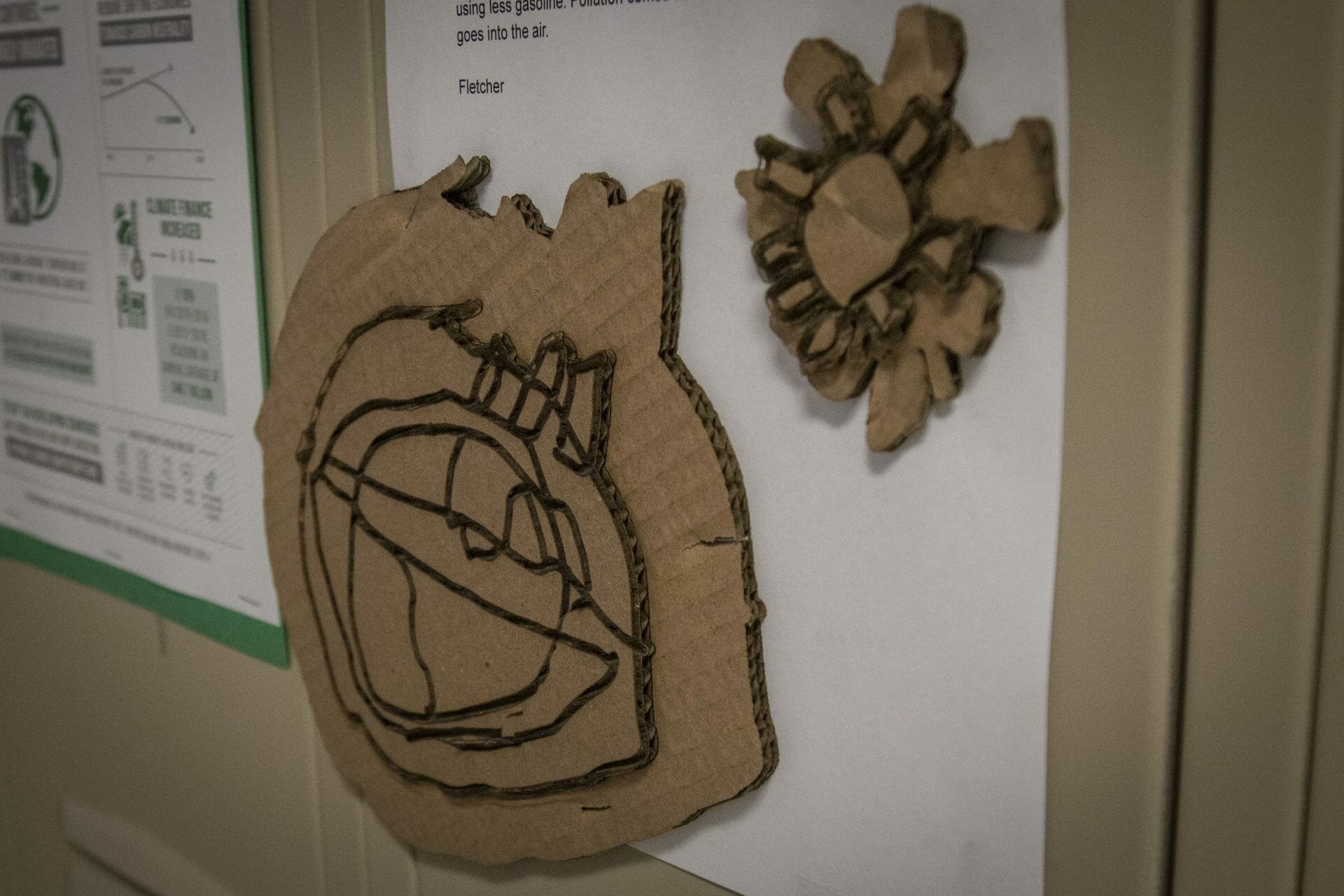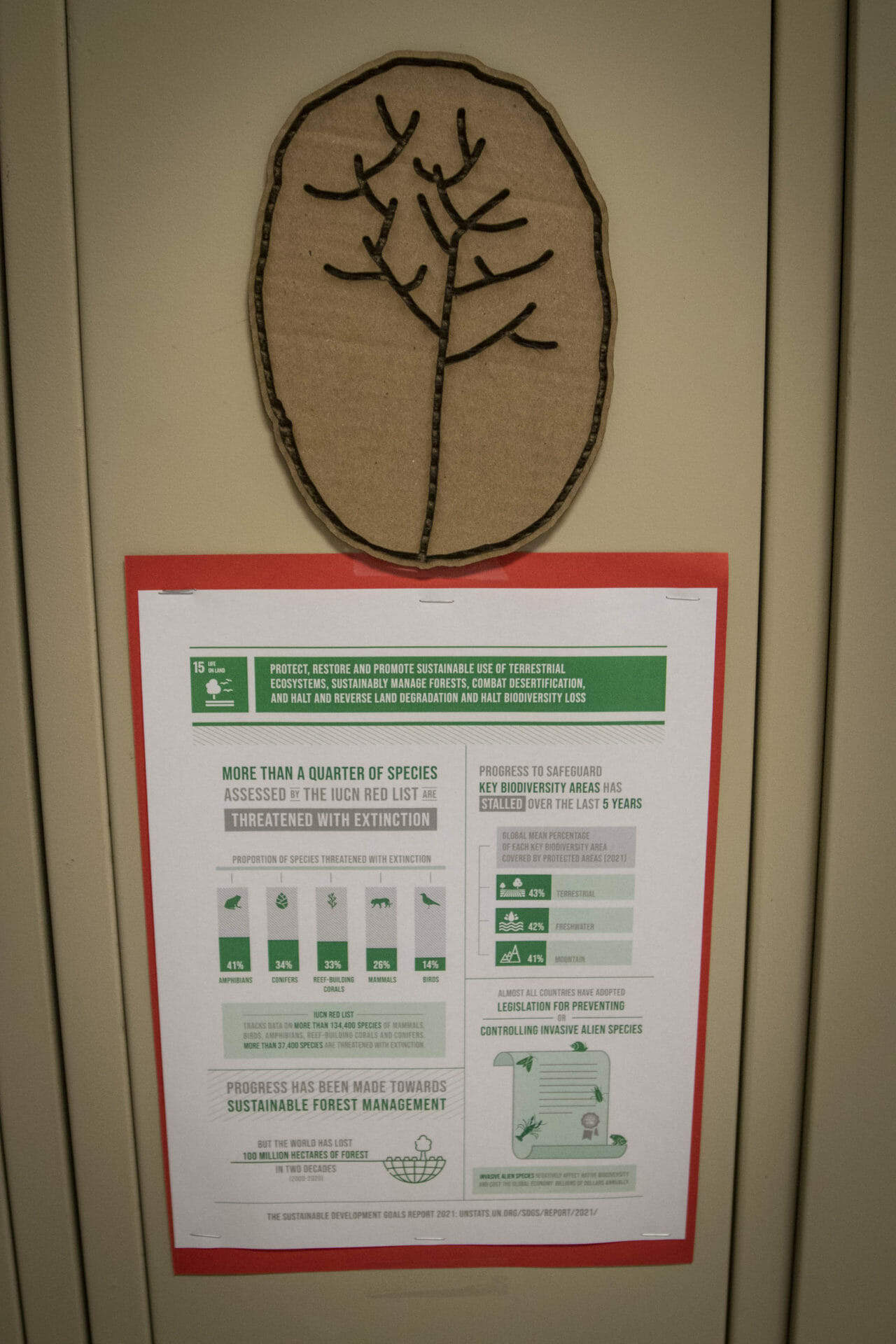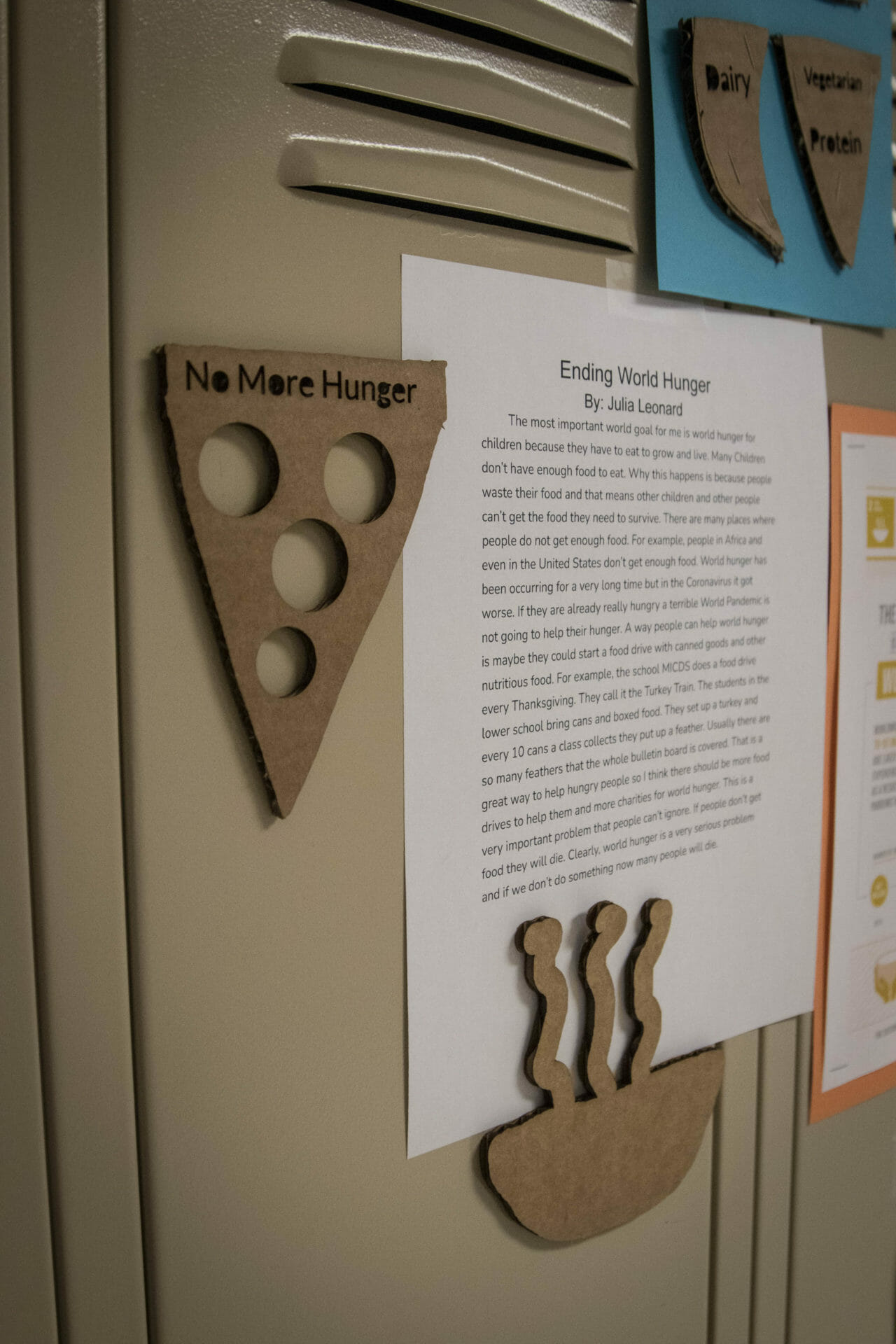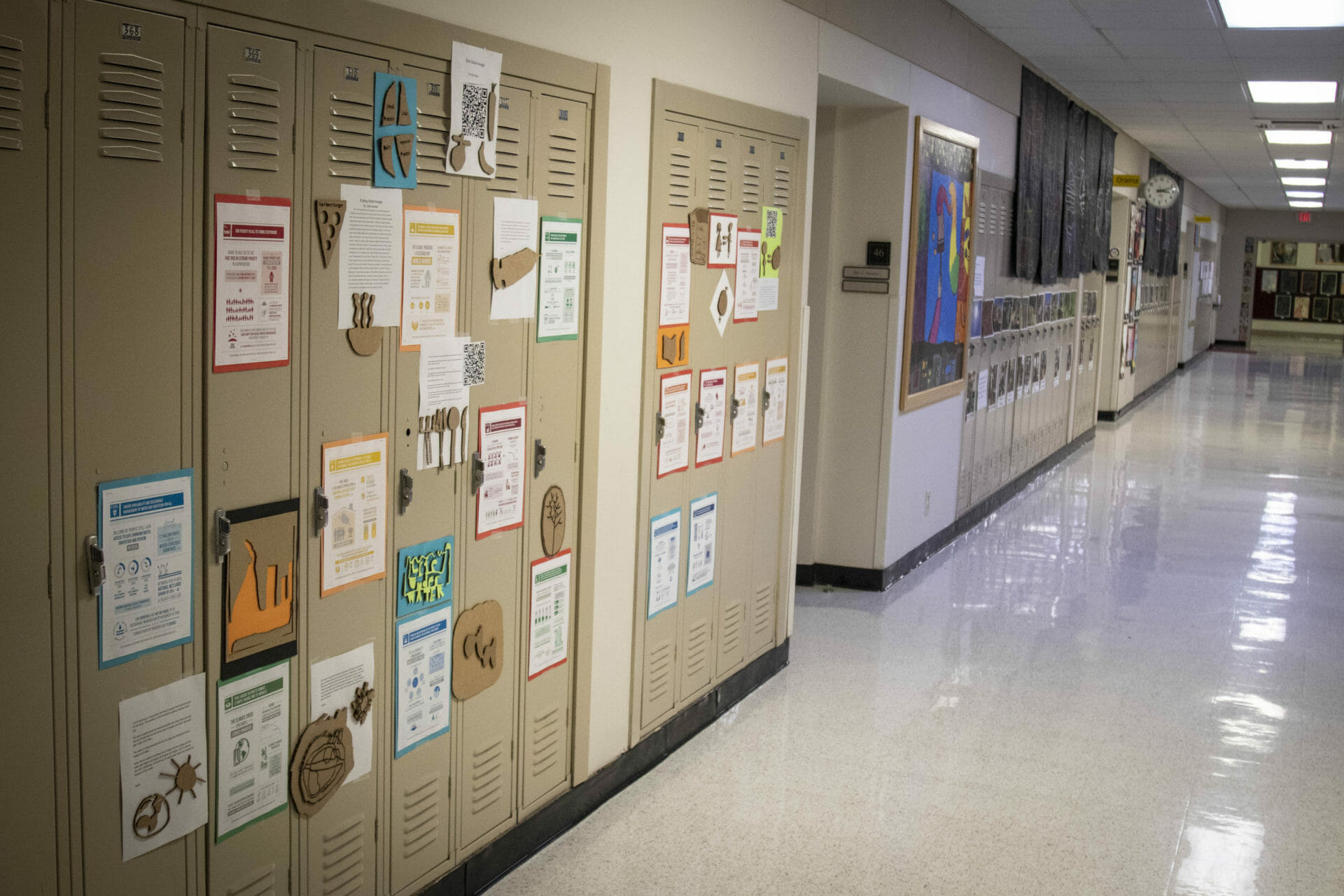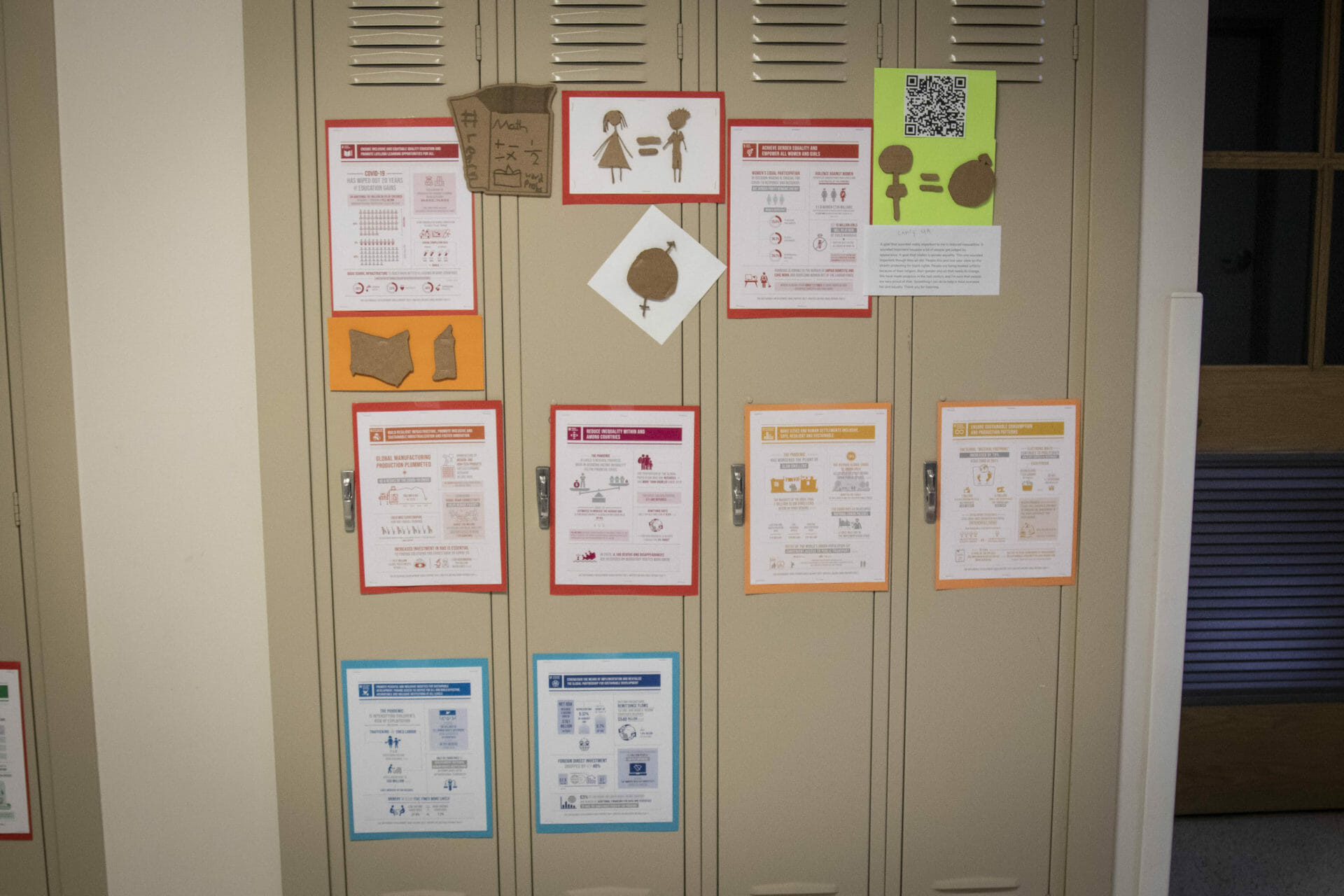Our fourth-grade Beasley students recently put their minds to work in a thought-provoking lesson that focused on solving some of the top issues of the world. In a multi-subject project, students incorporated STEM, English, music, and art skills as they navigated what the United Nations calls the “17 Global Goals.”
What are the Global Goals? In 2015, world leaders compiled a list of 17 goals that have “the power to create a better world.” The goals are:
- No poverty
- Zero Hunger
- Good Health and Well-Being
- Quality Education
- Gender Equality
- Clean Water and Sanitation
- Affordable and Clean Energy
- Decent Work and Economic Growth
- Industry, Innovation, and Infrastructure
- Reduced Inequalities
- Sustainable Cities and Communities
- Responsible Consumption and Production
- Climate Action
- Life Below Water
- Life on Land
- Peace, Justice, and Strong Institutions
- Partnerships for the Goals
To learn the important issues which inspired the 17 goals, students explored the Voices for Change game, a virtual reality, 3D world that brings global voices together to support bold action. By clicking and moving throughout the online world, students heard voices recorded in 2021 from over 60 different countries calling for change. They heard the stories and perspectives of other people. Additionally, students could click on 17 pillars in the game to learn more about the goals and needs of the world.
The pillars gave alarming yet critical information on problems that we can work together to solve as global citizens. For example, did you know that three million children pass away from hunger every year? What about knowing the fact that 80 million people have been forced to flee their homes due to war, conflict, or persecution? Also, eight million tons of plastic enter the ocean each year, yet the ocean produces 50% of the oxygen we breathe. More facts were weaved throughout the game.
Armed with their newfound knowledge, each fourth grader selected a goal that they wanted to help solve. “Student interest in global goals was strongest for the goals which help children, animals, and the environment. We are feeling fortunate to have plenty of food, healthcare, and quality education while many other children in the world do not,” shared Lower School Coordinator of Instructional Technology Greg Stevens. Next, they performed research by studying the infographic that the UN Global Goals site had for their particular goal. Then, they wrote about the issue and goal and made an audio recording of their writing through the GarageBand program. Finally, they created a QR code that linked to their recording.
Simultaneously, the fourth graders were tasked with dreaming up a symbol of the goal they wished to support. They could draw the symbol with the Sumo Paint or KidPix programs, or they could draw the symbol by hand with a Sharpie. Then, it was time to use the brand new Lower School Makerspace for the first time!
In the Makerspace, Stevens taught students how to use the Glowforge 3D laser printer to cut their symbols out of cardboard. He elaborated on how the Lower School Makerspace helps reflect the MICDS Mission in a new way: “Our work with technology tools has been in service to the MICDS Mission Statement, especially as it relates to developing compassion for others and in preparing ‘to stand for what is good and right.'” With the student art files, the machine cut out symbols of the world, forks and spoons, gender equality icons, and more.
Bringing all of the pieces together, the symbols and QR codes are displayed in the Lower Shoenberg hallway for all to learn about the global issues our students are helping to solve.
Thank you for being such thoughtful global citizens, fourth graders!


